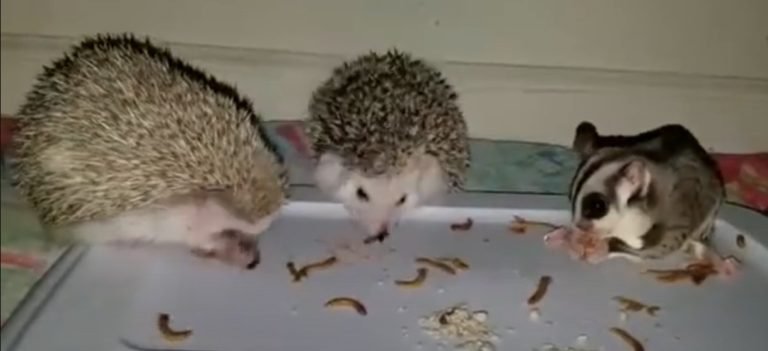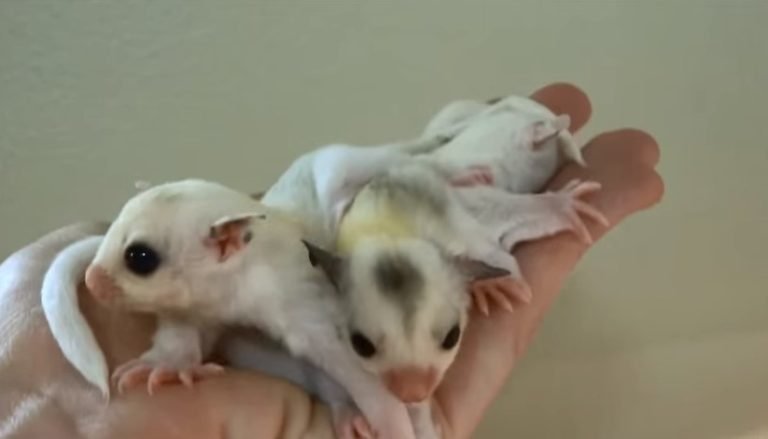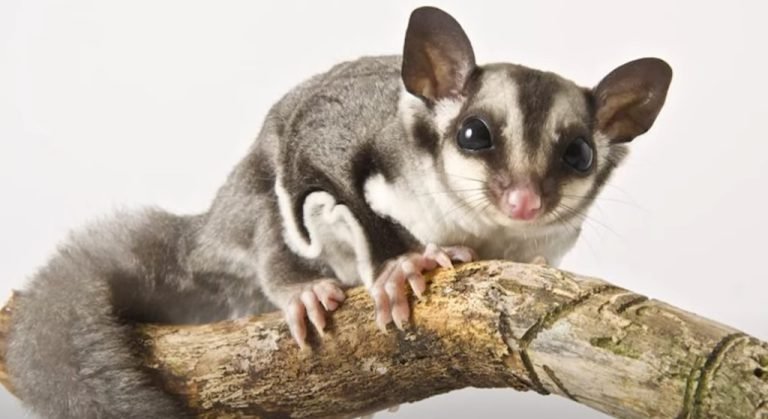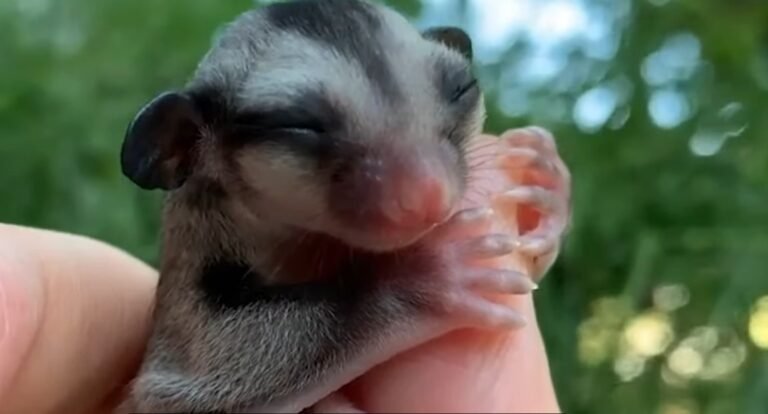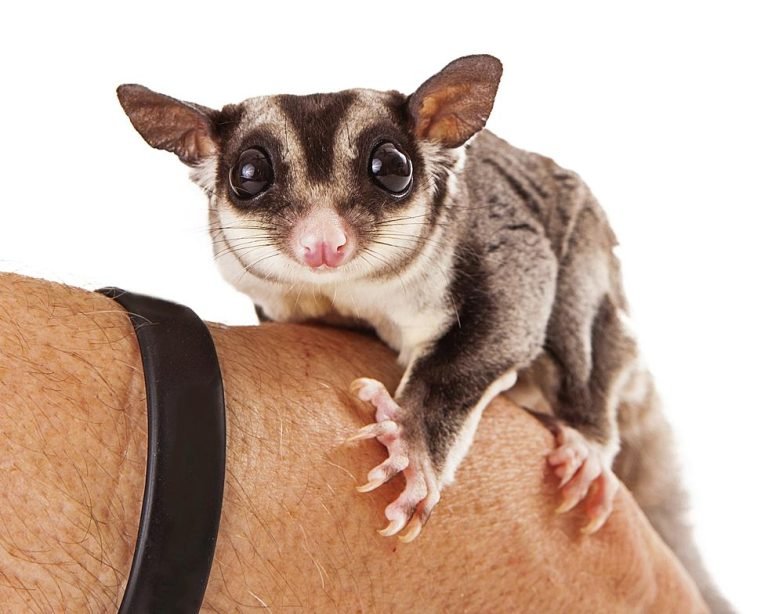Are Sugar Gliders And Flying Squirrels Related
Are Sugar Gliders and Flying Squirrels Related?
Sugar gliders and flying squirrels might look alike with their wide, gliding wings, but are they really related? Let’s find out!
The short answer is no, sugar gliders and flying squirrels are not related. Although they share some similar characteristics and behaviors, their genetic makeup and evolutionary history are quite different.
Sugar Gliders
Sugar gliders are small, nocturnal marsupials native to Australia, Indonesia, and Papua New Guinea. They belong to the family Petauridae and the genus Petaurus. These adorable creatures are known for their ability to glide through the air, thanks to a patagium, a membrane between their wrists and ankles.
Sugar gliders have a distinct appearance with their large eyes, pointed snouts, and a furry tail. Their fur can range from gray to brown, and their undersides are usually lighter in color. They have sharp claws that allow them to climb trees and glide from one branch to another.
These social animals are highly energetic and require a lot of space to play and explore. They form strong bonds with their owners and can be trained to interact and even perform tricks. Sugar gliders primarily feed on nectar, sap, fruit, and insects in the wild.
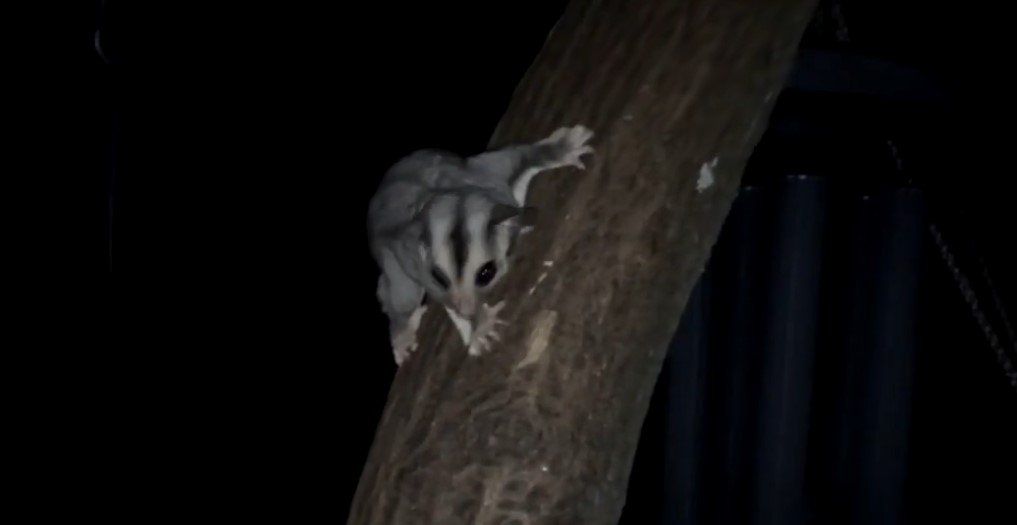
Flying Squirrels
Flying squirrels, on the other hand, belong to the family Sciuridae and are found in various parts of the world, including North America, Europe, and Asia. They have a similar ability to glide through the air using a patagium, which extends from the wrist to the ankle.
Flying squirrels have a more compact and rounded body compared to sugar gliders. They are generally smaller in size, with a range of colors including gray, brown, black, and even reddish hues. Their tails are flat and broad, acting as a rudder during flight.
These nocturnal creatures are excellent gliders and can cover significant distances while airborne. They have sharp claws for climbing and can even turn their ankles to maneuver in mid-air. Flying squirrels primarily feed on nuts, seeds, fruits, and insects.
The Differences
While sugar gliders and flying squirrels share the ability to glide, their evolutionary paths diverge. Sugar gliders belong to the marsupial family, which includes kangaroos, koalas, and wombats. Marsupials are distinct from placental mammals, the group to which squirrels belong.
Marsupials give birth to relatively undeveloped young, who then crawl into their mother’s pouch to continue development. Placental mammals, on the other hand, nurture their young inside the womb until they are more fully developed at birth.
The genetic difference between sugar gliders and flying squirrels is significant, pointing to their separate evolutionary lineages. The similarities in their gliding abilities are an example of convergent evolution, where unrelated species develop similar traits due to similar environmental pressures.
Ecological Niche
Although sugar gliders and flying squirrels are not closely related, they do occupy similar ecological niches. Both species have adapted to a gliding lifestyle, allowing them to access food sources and escape predators in the high canopy of trees.
Their similar adaptations have allowed them to exploit similar resources in their respective habitats. However, flying squirrels are more diverse and have a wider distribution compared to sugar gliders, which are limited to certain regions of the world.
Frequently Asked Questions
Q: Are sugar gliders good pets?
Sugar gliders can make wonderful pets for the right owner. They require special care, attention, and plenty of socialization. It’s essential to do thorough research and understand their needs before considering adopting a sugar glider.
Q: How long do sugar gliders live?
In captivity, sugar gliders can live between 10 to 15 years with proper care and diet. In the wild, their lifespan is typically shorter due to predators, diseases, and other environmental factors.
Q: Can sugar gliders be kept alone?
Sugar gliders are highly social animals and thrive when kept in pairs or small groups. Keeping them alone can lead to loneliness and behavioral problems. It’s best to provide them with companionship to ensure their well-being.
Q: How do sugar gliders communicate?
Sugar gliders communicate using a variety of vocalizations, including hisses, barks, chirps, and clicks. They also use scent marking to establish their territories and communicate with other gliders.
Q: Do sugar gliders bite?
Sugar gliders have sharp teeth and can bite if they feel threatened or scared. Proper handling, socialization, and understanding their body language can help minimize the chances of being bitten.
Final Thoughts
While sugar gliders and flying squirrels may share some physical characteristics and a gliding ability, they are not closely related. Sugar gliders are marsupials, while flying squirrels are placental mammals. The similarities between them are due to convergent evolution, allowing them to occupy similar ecological niches in different parts of the world.
Both sugar gliders and flying squirrels are fascinating creatures with unique adaptations. Whether you prefer the cute and cuddly sugar glider or the agile and acrobatic flying squirrel, they are both examples of nature’s incredible diversity.


